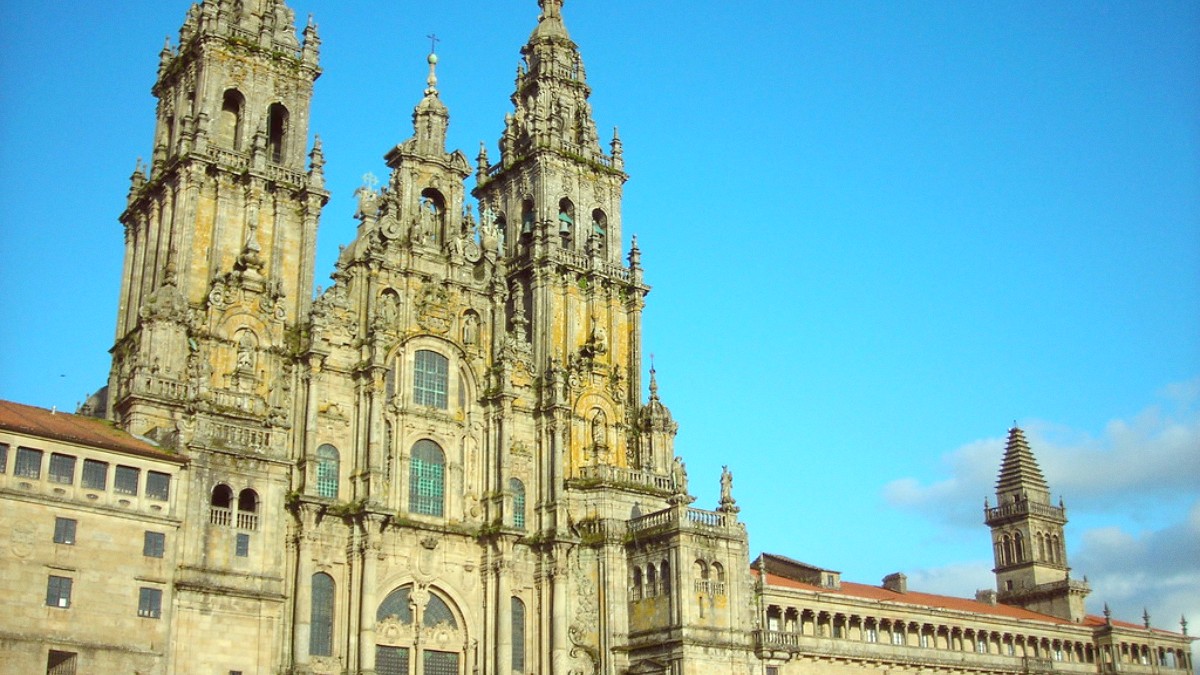
Santiago De Compostela Cantabria Asturias And Galicia, Spain Travel Guide
The TUSSA bus network covers the city effectively, connecting residential areas, university campuses, and the transport hubs to the historic core. While not always necessary for central sightseeing, it becomes useful for reaching destinations further afield or when carrying heavy luggage. The buses are generally clean and reliable.
The main bus hubs in the city center are Praza de Galicia and Xoán XXIII. Buses connect these points directly to the train station, the bus station, various university campuses, and the city's residential areas. You can find route maps at bus stops, on the TUSSA website, or by using Google Maps.
Praza de Galicia and Xoán XXIII serve as connection points for city buses.
Santiago's city center is very walkable; buses are for longer distances.
Google Maps provides accurate real-time bus information and route planning.
TUSSA covers the city effectively.
Praza de Galicia & Xoán XXIII.
Single ticket or Bonobus card.
Early morning to late evening.
Taxis offer a convenient option for getting around Santiago, especially for longer distances or when carrying luggage.
Taxis offer direct transportation to your specific destination.
A good option when traveling with considerable luggage.
Useful for late-night travel when public transport is limited.
Santiago does not feature many unique or specialized transportation methods, but a few options exist for specific tourist needs.
Drive on the right. Seatbelts mandatory. Speed limits strictly enforced (50 km/h urban, 90-100 km/h non-urban, 120 km/h highways).
No mobile phone use without hands-free. Strict alcohol limit (0.05% BAC).
Roads in Galicia are generally excellent, especially major highways. Smaller rural roads can be narrow and winding, calling for caution.
Tolls (peajes) apply on some autopistas.
Parking is very limited and often expensive in the Old Town. Public underground garages on the periphery are available (e.g., Parking Praza de Galicia).
Parking regulations are strict; fines are common for illegal parking.
Santiago de Compostela does not feature many unique or specialized transportation methods, but a few options exist for specific tourist needs.
Santiago lacks highly unique local transport like tuk-tuks or jeepneys.
Public buses, taxis, rental cars, walking, and cycling are the main modes.
Research specific accessible services and routes for smooth travel.
Santiago's compact Old Town is best explored on foot, offering a rich historical experience. For longer distances or specific needs, reliable public buses and taxis are available.
Consider renting a car for exploring the beautiful Galician region outside the city. Always prioritize safety and be aware of local traffic laws.